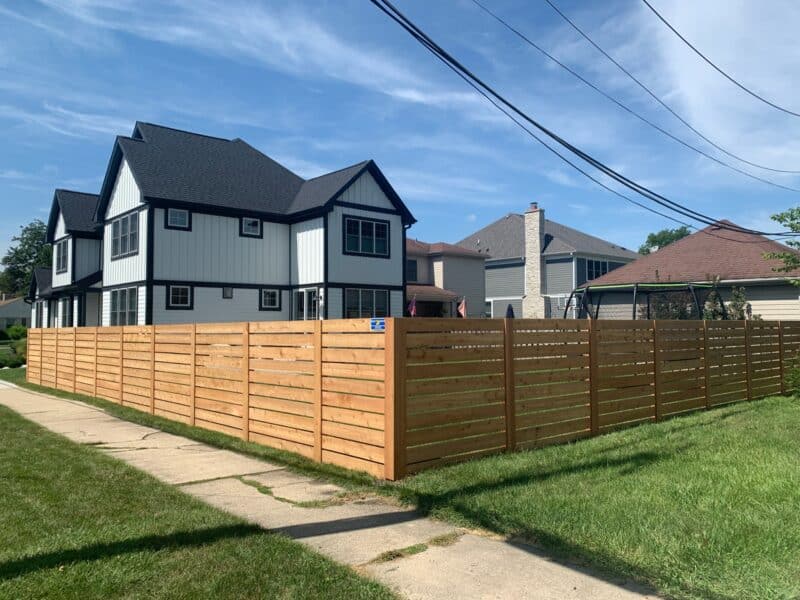At some point in time, you may have found yourself with a wood fence that is slowly rotting away or is being devoured by insects. Wood fence are an excellent investment for many homeowners, but they can also be a source of frustration when not properly maintained. In this article, we will provide you with valuable insights on how to protect your wood fence from insects and rot.
Contents
Understanding the Causes of Wood Rot and Insect Infestation
Before discussing ways to protect your wood fence, it’s important to understand the root causes of wood rot and insect infestation. Wood rot is caused by a fungus that thrives in moist conditions, and it can quickly spread to other parts of the wood if not treated promptly. On the other hand, insects such as termites, carpenter ants, and beetles burrow into the wood and feed on it, causing structural damage over time. In order to protect your wood fence, it’s important to address these issues at the root cause.

1. Choose Quality Wood
One of the most effective ways to prevent wood rot and insect infestation is by choosing quality wood for your fence. Not all wood is created equal, and some types are more resistant to rot and insects than others. Cedar and redwood are popular choices for wood fence because they contain natural oils that repel insects and fungi. Pressure-treated pine is also a viable option, but make sure that it is rated for ground contact.
2. Apply a Protective Stain
Another effective way to protect your wood fence is by applying a protective stain. Stains not only enhance the natural beauty of the wood, but they also act as a barrier against moisture, UV rays, and insects. When choosing a stain, opt for one that is specifically designed for exterior wood and is water-resistant. Apply the stain every two to three years or as needed, depending on the climate and level of exposure to the elements.
3. Keep the Fence Clean and Dry
Moisture is one of the main culprits of wood rot and insect infestation, so it’s important to keep your fence clean and dry. Regularly clean your fence with a mild detergent and water, and remove any debris that may accumulate around the base. If you live in a humid climate, consider installing a dehumidifier in the area to reduce moisture levels.
4. Trim Nearby Trees and Shrubs
Trees and shrubs that are too close to your fence can create a moist and shady environment that attracts insects and fungi. To prevent this, make sure to trim any nearby trees and shrubs so that they don’t come into contact with the fence. This will also allow for better air circulation and sunlight, which helps to keep the fence dry and less prone to rot and infestation.
5. Repair Damage Promptly
Even with the best preventive measures in place, your wood fence may still experience damage over time. If you notice any signs of rot or insect infestation, such as soft spots or small holes, it’s important to address them promptly. Replace any damaged boards, and treat the affected area with a wood preservative to prevent further damage.
Conclusion
Protecting your wood fence from insects and rot requires a combination of preventive measures and prompt action. By choosing quality wood, applying a protective stain, keeping the fence clean and dry, trimming nearby trees and shrubs, and repairing damage promptly, you can enjoy a beautiful and long-lasting fence for years to come.




[…] Wood fencing is a popular choice for homeowners looking to enhance the look of their property while also providing a secure boundary. However, wood fencing offers more than just aesthetic and security benefits. In fact, wood fencing can provide significant environmental benefits that homeowners may not be aware of. […]
[…] advantage of a board-on-board wood fence is its increased durability. The overlapping boards of a board-on-board fence provide a double […]